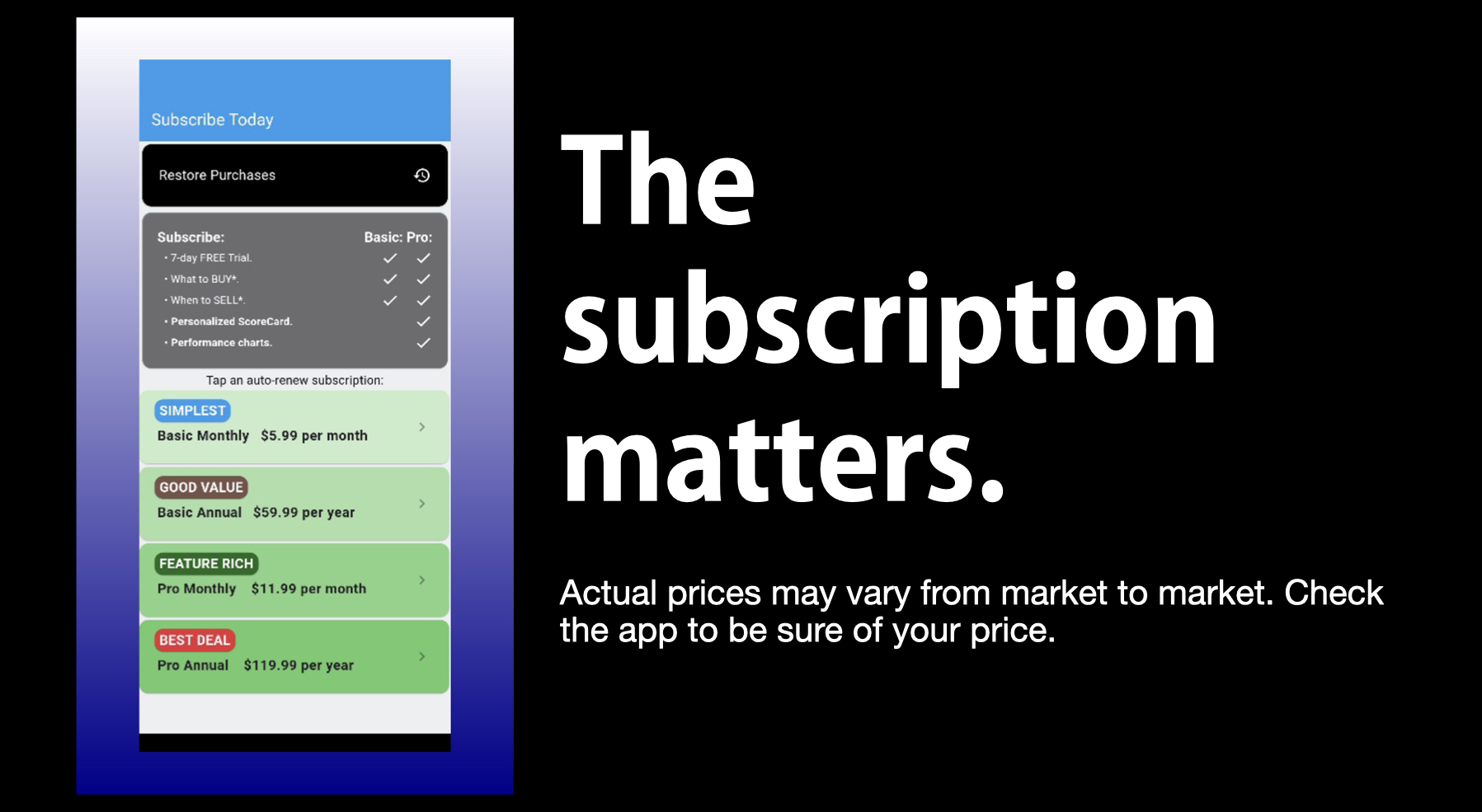Dual Mode Myth # 5 – Operators need to give permission to this market.
Some have argued that there is no dual mode market without operator permission. Wrong. So long as folks can purchase devices and plug SIM cards into them, the GSM operators will facilitate the market… and CDMA operators will not cede one inch to their competitors. This is false. Each of the critical enablers, especially the inter-dependent enablers – devices, client software, IP PBX access, WiFi network, cellular operator – are readily available, practical and motivated to make this market work.
Today, devices can be sourced from popular operators or can be purchased in bulk by enterprises or individually by users. For example, devices from i-Mate with built-in GSM SIM slots work with any GSM operator such as Cingular or T-Mobile. The US Census bureau, for example, sourced their recent order for 500,000 smartphones directly with Microsoft and the Taiwan manufacturer HTC.
Client vendors such as SIPquest and Skype have deployed ‘after market’ software on dual mode devices in production environments. The major IP PBX vendors, including hosted implementations have tested and certified interoperability with a few client vendors such as SIPquest. Some, such as Avaya and Cisco have worked directly with Nokia and Motorola on the device manufacturer’s total integration offering directly.
Since both the WiFi network and cellular network have enabled standardized access and authentication to the infrastructure, neither network can easily assist or disable these uses and users.
But, will mobile operators have a dual mode offering in this market? Yes. Leading operators in western Europe have test-marketed this capability. They see it as a way to prepare their organizations and their served market for the changes enabled by network evolution to the IP Multimedia Subsystem (IMS).
Market entry timing for North American operators, should not be far behind. That’s because enterprise users are an important market for operators. Enterprise users are the high minute users. They are more likely to roam more so than consumers. They prefer premium, sophisticated devices, are data-savvy and are willing to sign locked-in contracts, because for many of them, the employer reimburses mobile expenses.
For the enterprise, dual mode service is a natural offering. That’s because enterprise users need a new level of mobility – an enterprise-style of mobility – to further improve productivity. Today in the USA, over 70 million enterprise employees use their cellular phone for work, yet, virtually none of them have the most basic of enterprise features – call transfer, corporate directory, call screening – for example, available on their mobile phone, let alone single number reachability through their desk telephone number or a single voicemail box.
Users have also had to deal with poor cellular coverage in homes, offices and campuses, where a dual mode service would be useful in strengthening coverage. Most users have had to accept multiple numbers and multiple voice mail boxes which can be both significant business risks with garbled mobile messages, customers calling cell phones or regulatory compliance issues.
Clearly, the enablers are here and now. Here on out, devices are only going to get faster processors, smaller packages and longer battery life. The client software is only going to get more sophisticated enterprise features that will extend enterprise telephony into the cellular domain. The networks are only going to get more pervasive and higher speed. ‘Fasten your seat belt and put your tray in the upright and locked position.’ This is going to be a great new twist on enterprise communications.






